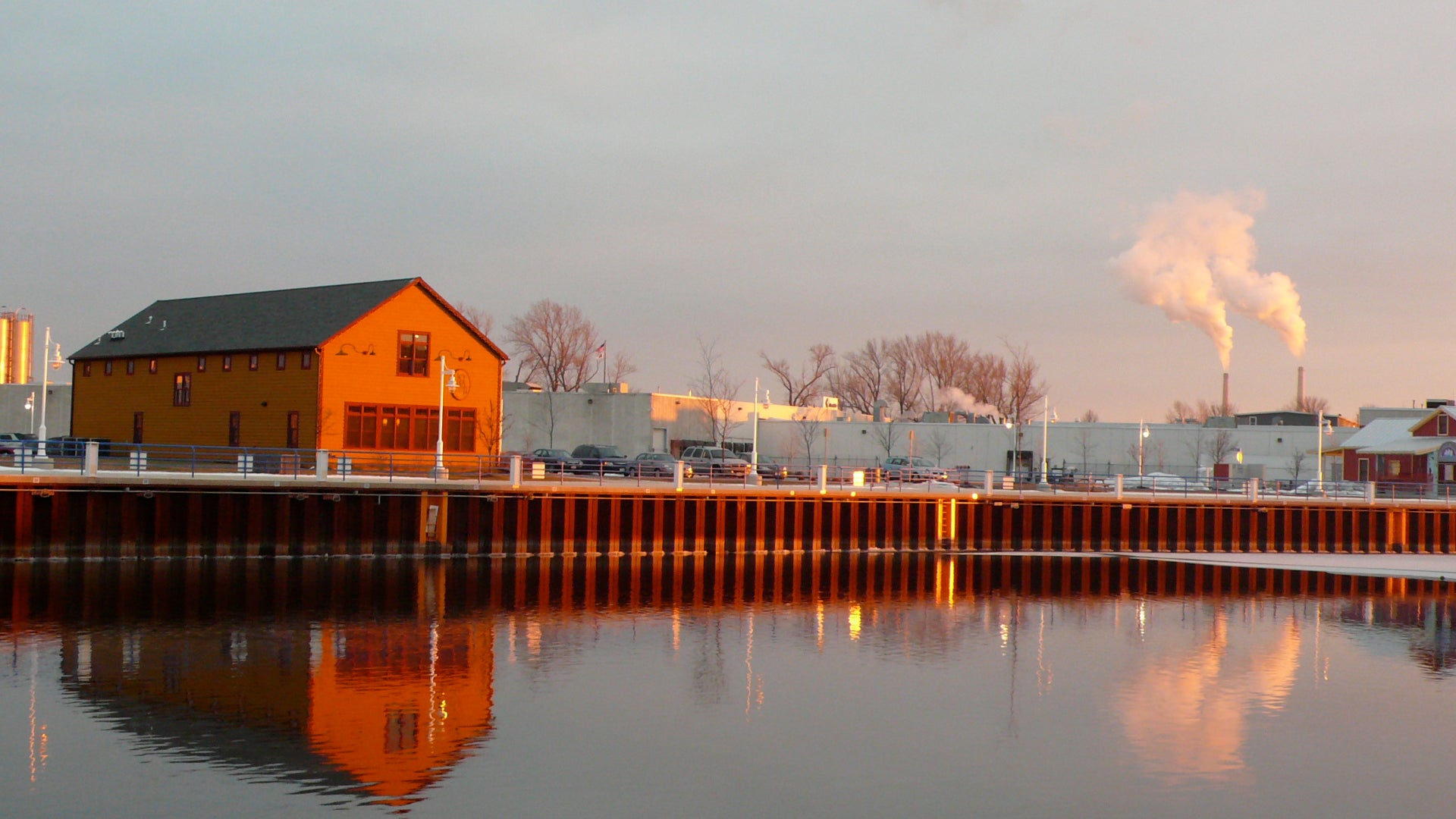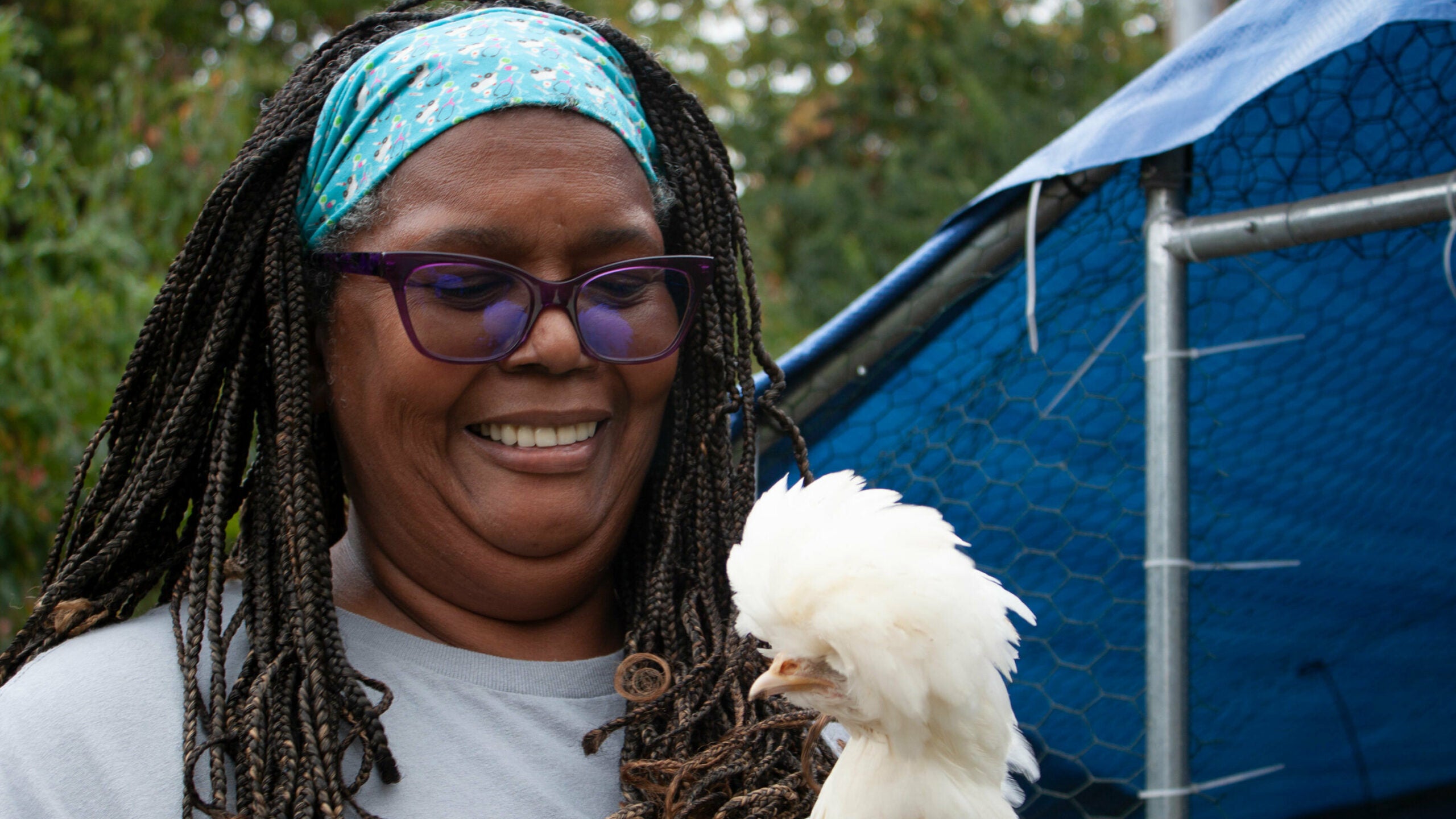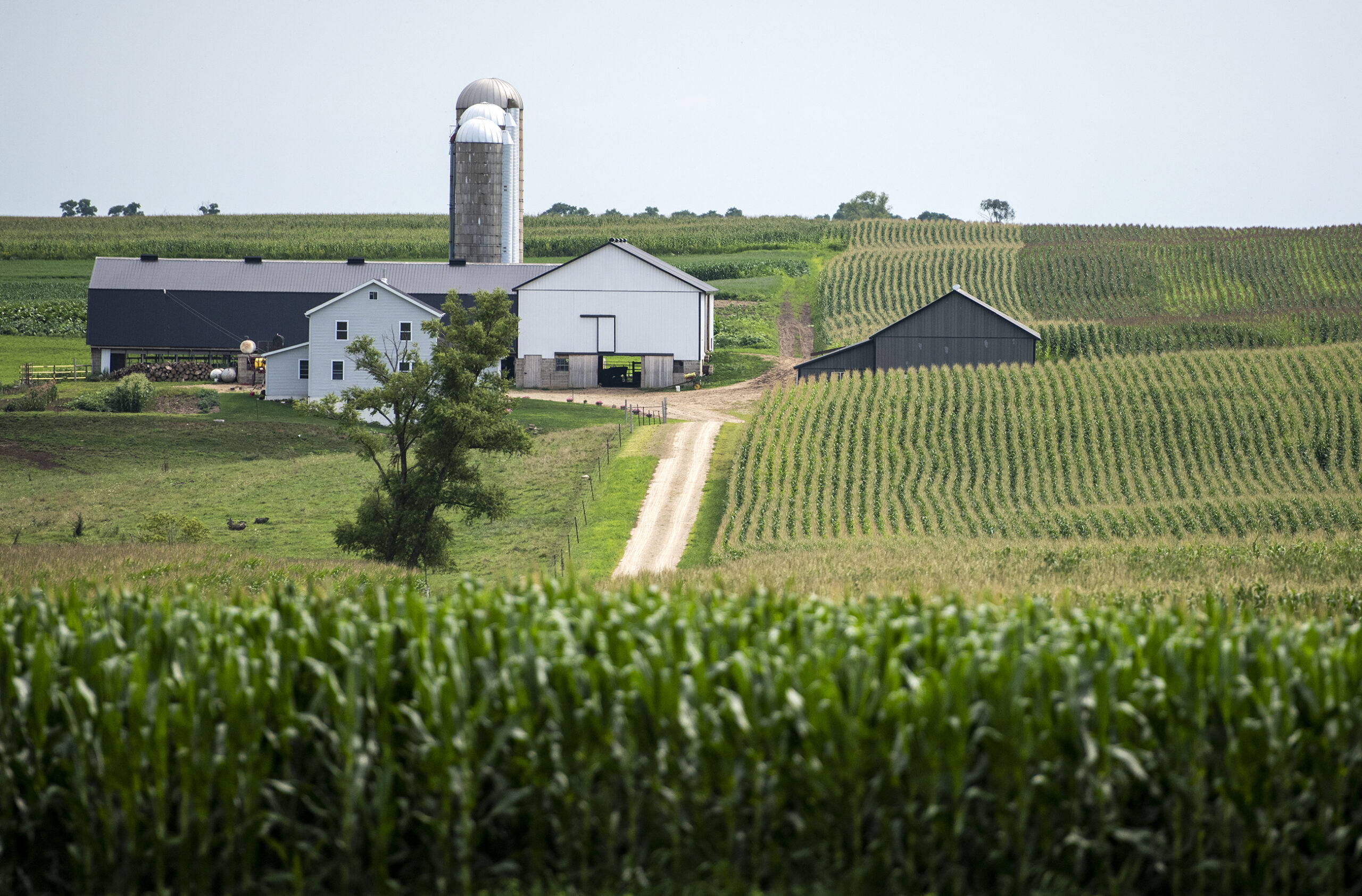For the first time in its history, the United States Department of Agriculture (USDA) is looking to clearly define what it considers to be “rural.”
Currently, the USDA’s definition adapts to individual programs. Now, for the sake of consistency, it has released a single definition that defines “rural” as any community with less than 50,000 residents.
Members of the House Agriculture Committee, including ranking member Collin Peterson and Chairman Frank Lucas, expressed concern that setting such a threshold could pit smaller communities against larger, more urban ones for scarce USDA funds.
Stay informed on the latest news
Sign up for WPR’s email newsletter.
Western Wisconsin Congressman Ron Kind is a former member of the Agriculture Committee. He does not object to the new definition, but says lawmakers must make sure smaller communities are not overlooked. Kind says larger communities usually have more resources to apply for funding.
“They tend to bring additional resources – whether it’s grant writers, whether it’s a higher level of sophistication for going after these programs – that smaller rural communities don’t.”
Paul Zimmerman, the director of government relations for the Wisconsin Farm Bureau Federation, thinks that it is too soon to tell whether the new definition will hurt small communities.
“We’ve got to be careful not to overreact on a one-size-fits-all initially, until we’ve delved and seen how the many different programs are affected.”
The USDA’s new definition of “rural” will be included in the next Farm Bill, which will likely be voted on later this year.
Wisconsin Public Radio, © Copyright 2024, Board of Regents of the University of Wisconsin System and Wisconsin Educational Communications Board.






